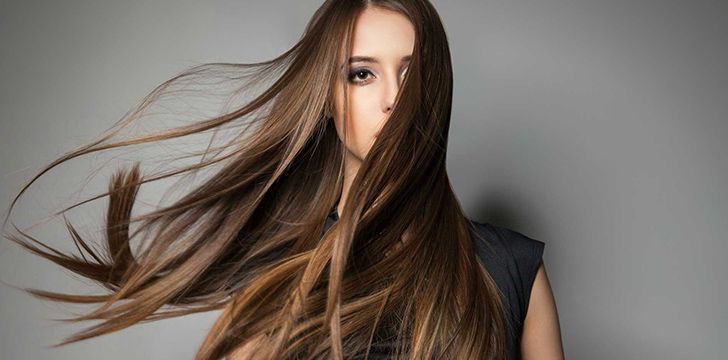We all have hair. On our heads, faces, limbs, and in hidden places too, it’s a natural part of the human body.
Over time as we have evolved, hair has transitioned from being an important part of our survival by keeping us warm, to becoming a tool that we use to express our personality.
Do you ever sometimes wonder why we have it, or what the point of it is?
This furry extension to our body is more interesting than you may have ever thought!
We have 100,000 hairs, and counting…
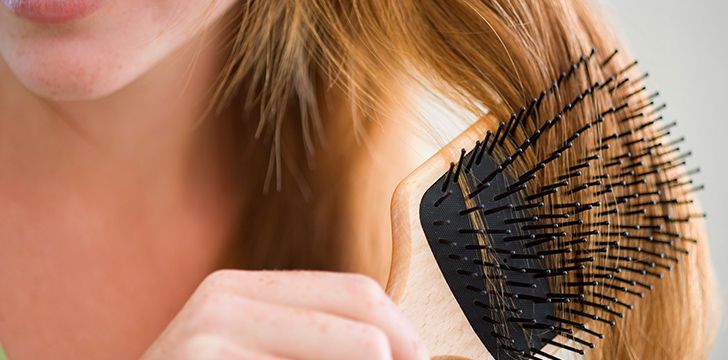
Did you know that the average adult human can have around 100,000 hairs?
Have a minute spare for 5 random facts?
Not only this but we also have up to 150,000 hair follicles just on our head and around 5 million over our entire body.
You are born with an exact number of follicles on your body and you don’t grow more as you get older.
The number of follicles you have is hereditary and can vary depending on your hair color.
People with naturally blonde hair tend to have more follicles, with an estimate of 150,000 hairs on their head, whilst people born with naturally red hair tend to have only around 90,000 follicles.
There are other things that can affect the number of hairs you have on your body, but most of these are by human intervention.
This could be in the form of hair removal, taking certain medication for illnesses like cancer or even through stress.
Information can be stored in our hair!
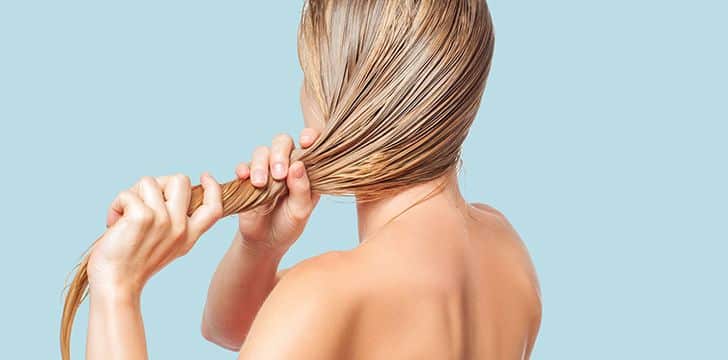
Now you might think this sounds crazy, our hair doesn’t have a hard drive or a “cloud” to store things, so how can this be true?
As our hair grows it carries our biological make up with it.
For example when our nails grow and we see white marks, they are indications of a lack of nutrients or vitamins in the body at the time that part of the nail was formed.
This has been used for many years as a way to see if someone is malnourished or is lacking something in their diet.
However in hair these changes aren’t visible to the naked eye, but there are methods of testing that allow us to see the changes made to a piece of hair when it grows.
We can see from hair samples if certain drugs were taken, if there was a lack of vitamins and nutrients at a point of time in someone’s diet.
Here are the stages of how your hair stores information of what you have ingested.
When we consume something it is broken down into particles, certain elements enter the blood stream.
As the particles travel around our bodies they can be deposited into the follicle of a growing hair.
The chemical particles remain where they were deposited in the follicle and as the hair strand starts to grow, the particles deposit into the cortex of the hair strand itself.
Once the hair starts to grow up and out the body, it carries these chemical particles with it as they are part of the strand of hair when it formed.
The chemical particles remain part of that exact piece of hair forever.
Human hair is both stretchy and strong.
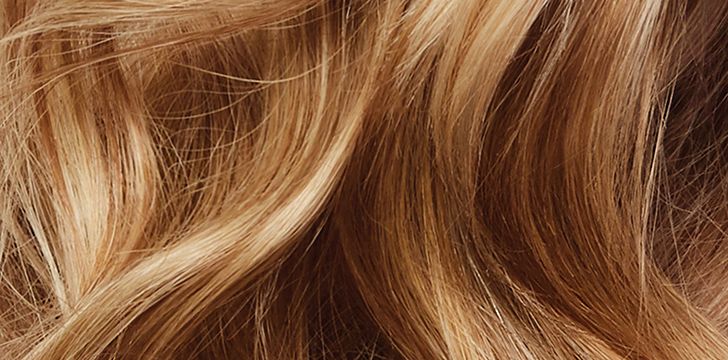
Although human hair is not as strong as steel, it is so strong that it could hold more weight than a piece of copper wire the same length and width as a single hair.
It is said that a whole head of hair combined could support the weight of around 12,345 to 18,518 pounds (5,600 to 8,400 kilograms), or the equivalent to the weight of two elephants.
The average weight that a single strand of human hair can hold is 3 ounces (85 grams).
Human hair is also very stretchy. You may have noticed this if you have curly hair, you can stretch it out until it becomes straight, but everyone’s hair stretches at some point.
Dry hair can stretch around 1.2-1.3 times its original length and it has the ability to return back to its normal length.
When our hair is wet it can stretch even more, sometimes up to 1.5 times its regular length.
What is the growth cycle of a follicle?
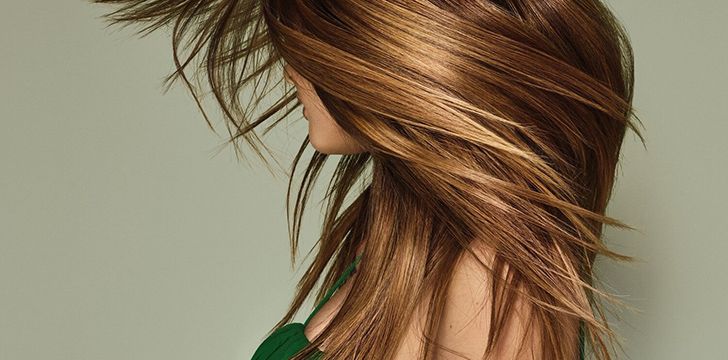
The first step is the growth of a hair. Around 85 to 90 percent of your follicles will be in the growth stage at the same time.
Once the hair is fully grown, it enters the transition stage. This is where it has stopped growing but stays in the follicle until it is ready to fall out.
A single hair can have an average life span of around 5 years before it falls out.
Although the number of follicles stays the same throughout your life, as you get older your hair can naturally fall out.
This means you will physically have less hair on your head or body but the follicles are still there.
This is because the follicles growth cycle has a resting stage. This is where the follicle will shed the hair.
If there are disturbances to the cycle this could lead to the body shedding more hair than it is producing, which can lead to thinning.
The average person loses between 50-100 strands of hair a day.
Temperature can affect hair growth.
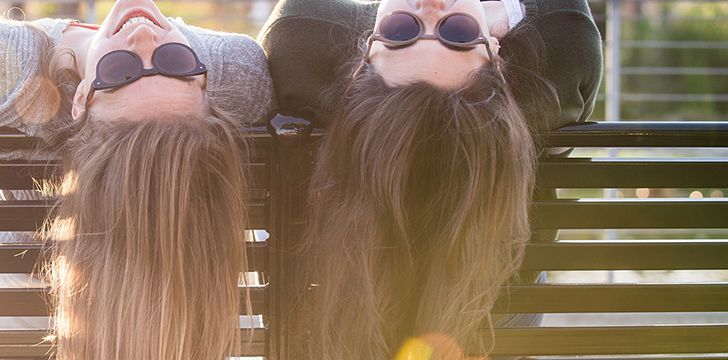
There is a myth that warmer climates make your hair grow faster.
In some studies it has proven that this could be the case, but there is not enough solid evidence to make it a fact because there are lots of variables to take into consideration.
We do however know that in colder climates your hair can be affected. Cold air can make your hair dry because there is a lack of humidity in the air.
This can cause split ends as the hair becomes brittle.
In cold climates we get “Goosebumps” or chills which are when the muscles around the hair follicles tighten up to make the hair stand up.
Our bodies do this when we are cold so that warm air can be trapped between the hairs, creating warmth. It is known as piloerection.
You may think that hair is an unimportant part of our make up as humans, but it is a pretty cool feature to have.
We can use it to investigate things we have ingested; it keeps us warm in cold climates and is part of our identity.
Did you know that the average adult human has around 5 million hair follicles over their entire body?






